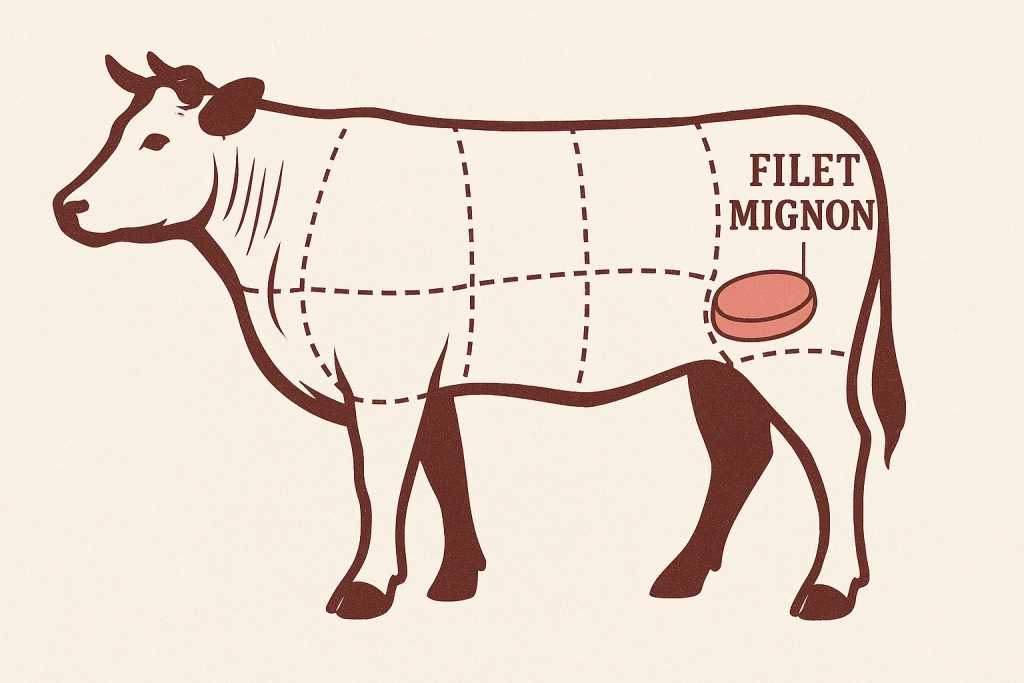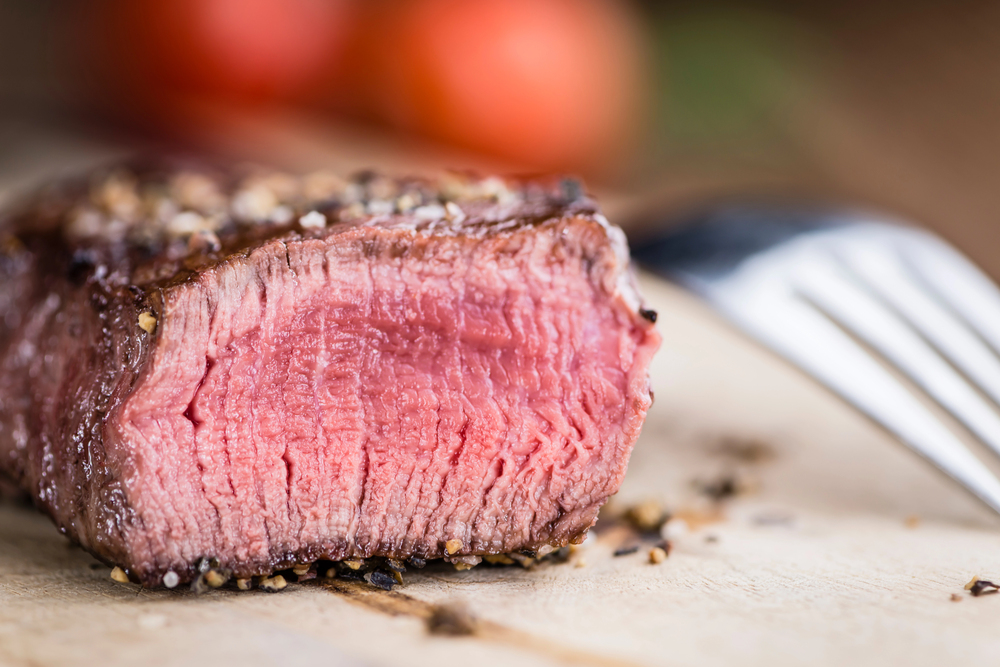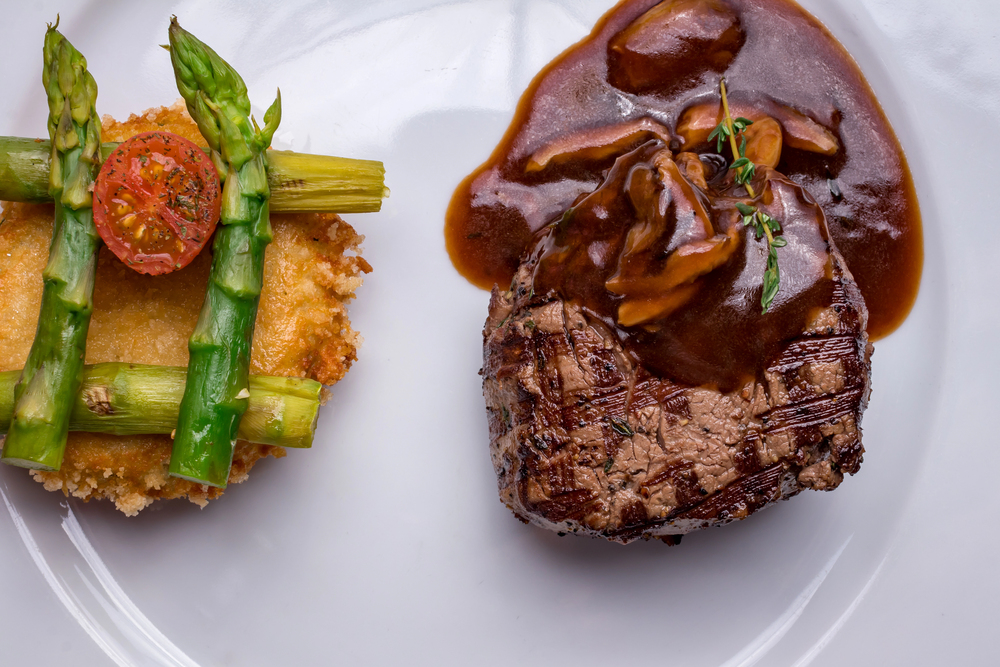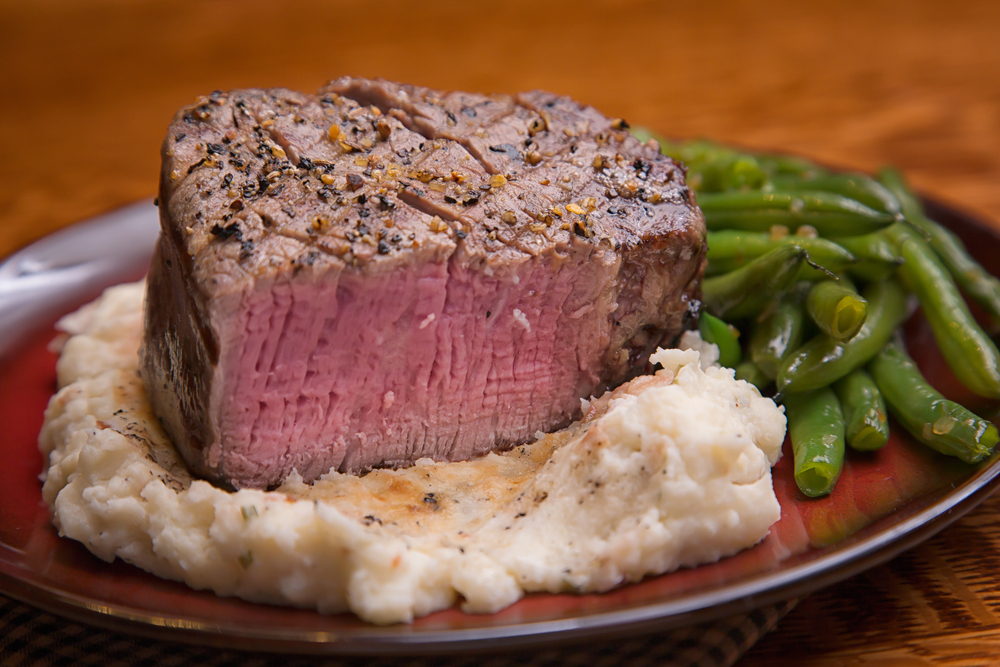Table of Contents
August 13 is more than just another summer day, it’s National Filet Mignon Day, a time to appreciate one of the finest cuts of beef ever carved from a steer. Whether you're a seasoned griller or just starting to appreciate quality meat, this day is all about honoring the tender, flavorful filet that has earned its prestigious reputation at steakhouses and backyard barbecues.
In this guide, we’ll break down what makes filet mignon so special, how to cook it like a pro, and why it deserves its own spot on the calendar. If you’re going to celebrate a steak, make it the one that sets the standard.
What Is Filet Mignon?
Filet mignon is a cut of beef taken from the small end of the tenderloin, a muscle that runs along the spine and doesn’t get much use. Because it’s not weight-bearing and rarely worked, this muscle stays extremely tender, making filet mignon the softest cut of steak you can buy.
It comes from the psoas major muscle, located in the short loin and sirloin area of the cow, tucked deep inside, near the back. Each steer only produces a small amount of filet mignon, which is part of the reason it’s priced higher than other cuts.
Unlike ribeye or strip steak, filet mignon doesn’t have much fat marbling. But what it lacks in fat, it makes up for in texture. When cooked properly, it’s fork-tender and buttery, which is why it’s the go-to choice for celebrations, date nights, or in this case, National Filet Mignon Day.
Types of Cuts
Question - Is a filet always prime?
No, filet mignon is not always Prime. It’s just a cut, the grade is separate.
In the U.S., beef is graded by the USDA into Prime, Choice, and Select (with a few lower grades below that). Filet mignon can be found in all three:
- Prime Filet Mignon: From well-fed, younger cattle. It has the most marbling (though filet is naturally lean), and it's usually sold at high-end steakhouses or specialty butchers.
- Choice Filet Mignon: Still very high quality, but with slightly less marbling. This is the most common grade you’ll find in grocery stores.
- Select Filet Mignon: Leaner and less tender. Often cheaper, but less forgiving on the grill or in the pan.
So bottom line: Filet mignon just means it’s from the tenderloin, not that it’s Prime. Always check the USDA grade on the label if you're buying raw.
Why Filet Mignon Has Its Own Holiday
There’s a reason August 13 is set aside just for filet mignon, it’s not just another steak. It’s the one people splurge on when they want something elegant, special, and consistently tender. Whether you’re at a high-end steakhouse or firing up the backyard grill, filet mignon is the gold standard for a luxury beef experience.
This holiday started as a way to recognize the cut’s growing popularity in American cuisine. While other steaks bring flavor through fat and marbling, filet mignon delivers its appeal through texture and presentation, thick-cut, center-of-the-plate, and always impressive.
In a world where food holidays are everywhere, Filet Mignon Day actually makes sense. It honors a cut that’s prized by chefs, butchers, and home cooks and gives meat lovers a reason to fire up the grill and do it right.
Best Ways to Cook Filet Mignon (Grill, Oven, Pan)
Filet mignon is versatile, but it’s also unforgiving if you overcook it. Because it’s lean, it doesn’t have the fat buffer other steaks do. That means precision matters, and how you cook it makes all the difference.
Here are the best methods:
- Grill - This is my favorite way to cook filet mignon, straight over real charcoal. You get the high heat for a good crust and that deep smoky flavor you just can’t fake. Filets are thick, so I sear them hot and then move them to indirect heat until they hit my target temp.
- Oven - Ideal for finishing after a pan sear. Sear the filet in a cast iron skillet for 2–3 minutes per side, then slide the whole pan into a 400°F oven for 5–7 minutes. Great method if you want more control and less smoke in the house.
- Pan-Seared - Quick, classic, and great for weeknights. A ripping hot cast iron pan, high-smoke-point fat (like tallow or butter), and a thick filet, that’s all you need. Sear each side and baste with butter until it’s just right.
Grilling Filet Mignon: Pro Tips
Use a Two-Zone Fire
Set up your grill with hot coals on one side (direct heat) and no coals on the other (indirect). This gives you control. You can sear the filet over direct heat, then move it to the cooler side to finish without burning the outside.
Sear First (Traditional)
- Sear each side over direct heat for 2–3 minutes.
- Move to indirect heat and close the lid.
- Cook until the internal temp hits your target:
- Rare: 120–125°F
- Medium Rare: 130–135°F
- Medium: 140–145°F
Reverse Sear (More Forgiving)
- Start the steak on the indirect side first.
- Bring it up slowly to about 10–15°F below your target temp.
- Then blast it over the hot coals for that crust.
Let it rest
Once it’s off the grill, rest it for at least 5 minutes. The juices redistribute, and you won’t slice into a dry center.
Add Fat Back In
Since filet is lean, finish it with a pat of compound butter, a spoonful of beef tallow, or a drizzle of garlic butter while it rests. IMO, this makes a huge difference.
What to Serve with Filet Mignon
In reality, you really don't need to add anything else to the plate. But if you want, here are some ideas.
Top Tools & Accessories for Cooking Filet Mignon
You really only need two items. Sure you can always find more items to buy and add to the list but the two most important ones are:
- 1Meat Thermometer - Buy an instant one. Best money you will ever spend.
- 2Cast Iron Skillet - Again, worth the money. You can use this on the grill, stove or in the oven, and it just adds a great taste.
Faq
At least 1.5 to 2 inches thick. Thinner cuts overcook fast and won’t give you a good crust-to-center ratio.
Nope. It’s already tender. Salt it, maybe add a rub or light seasoning, and let the meat speak for itself. Save marinades for tougher cuts.
You can, but don’t. Anything past medium starts to dry out this lean cut. Medium-rare (130–135°F) is the sweet spot.
Final Thoughts
Filet mignon isn’t just another steak, it’s the one you serve when it matters. Whether you're grilling over charcoal like I do, or pan-searing inside, the key is respecting the cut. It's lean, it's tender, and it doesn’t need much, just heat, salt, and a little know-how.
August 13 is National Filet Mignon Day, but truth is, any day can be filet day if you do it right. Grab the right tools, keep it simple, and cook it with care. A good filet doesn’t need to be overthought, just done well.





